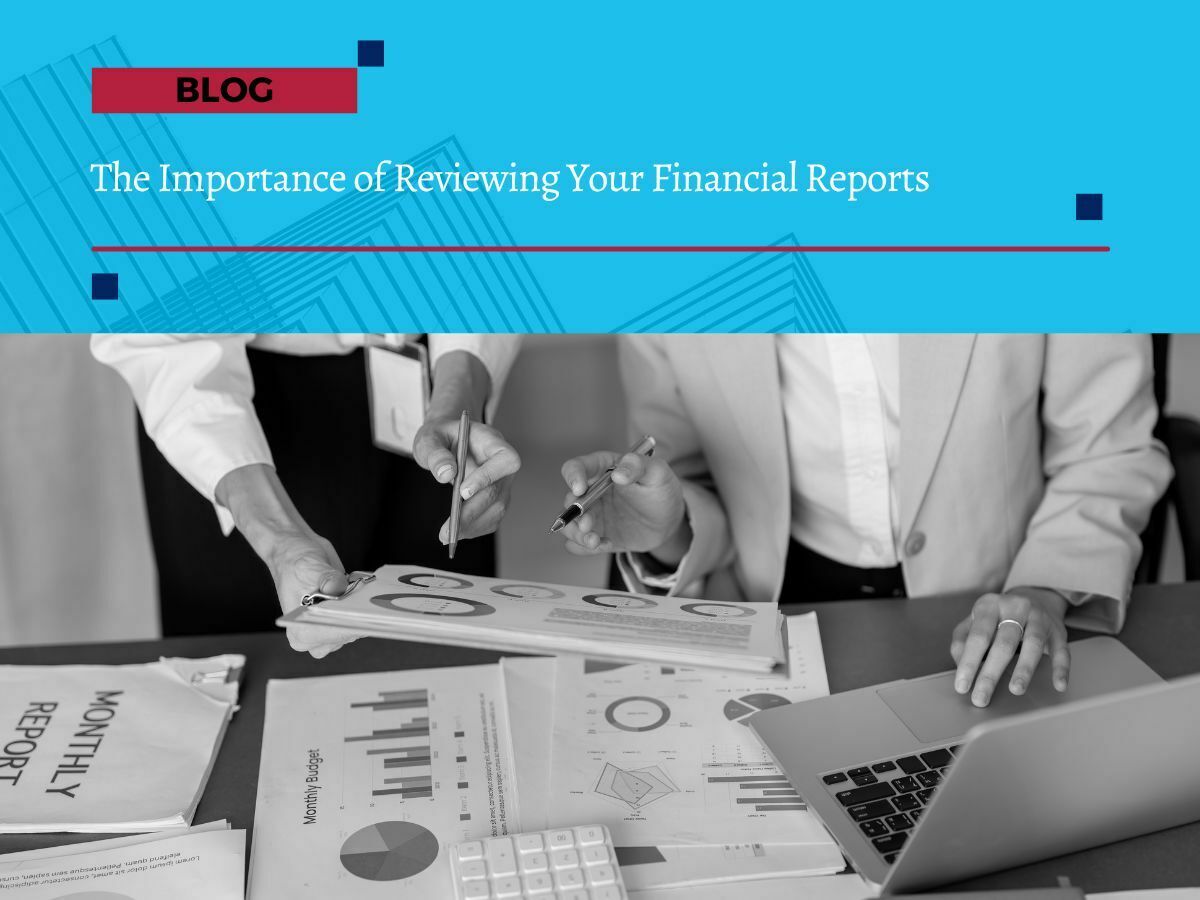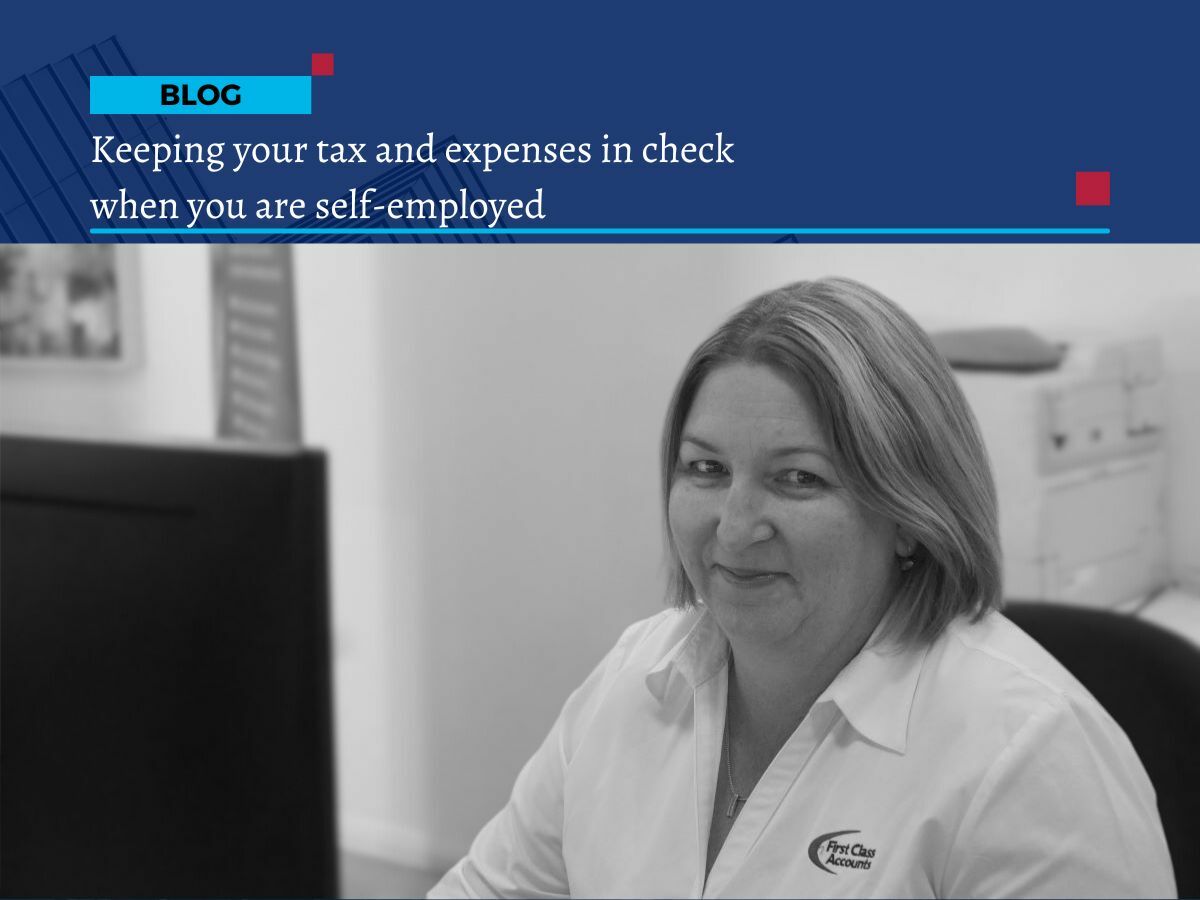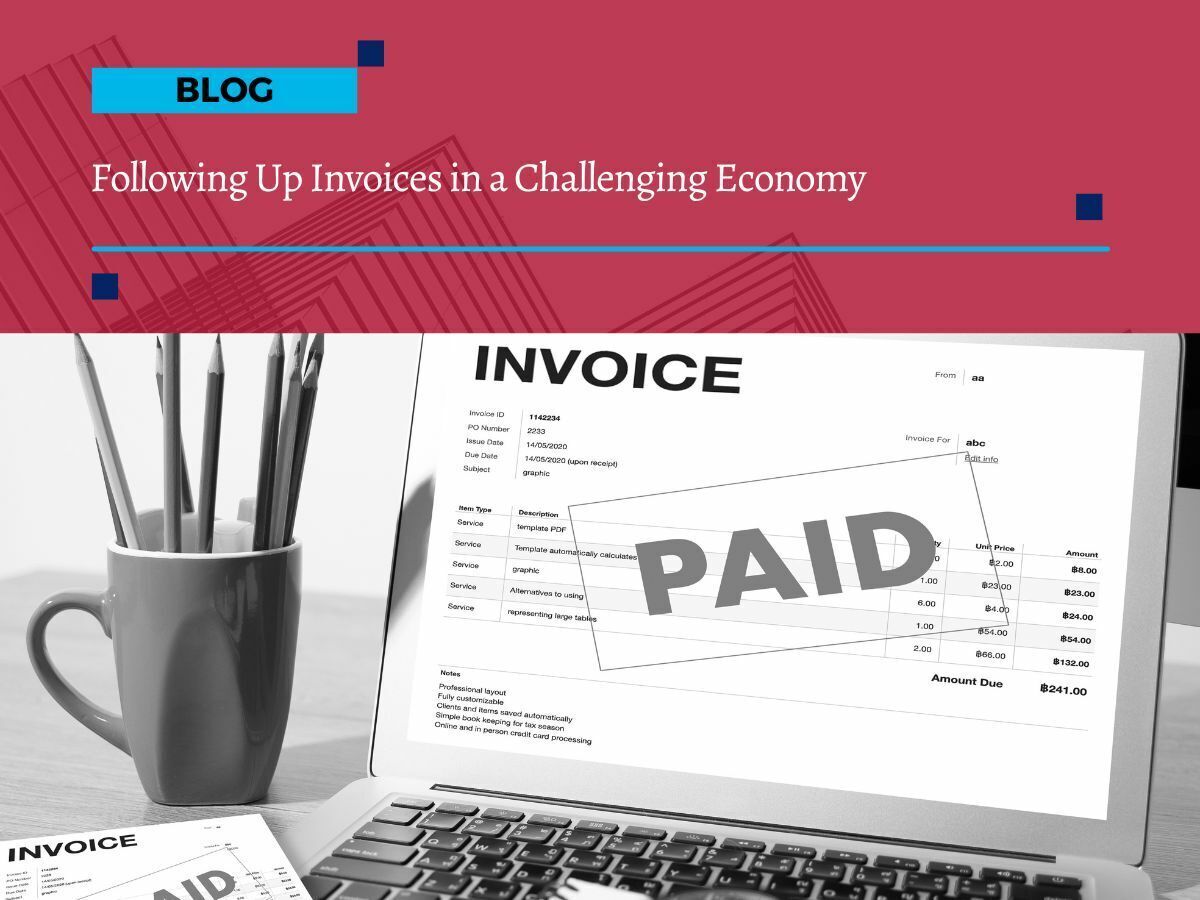
Reduce your debtor days and improve your cashflow
Reduce your debtor days and improve cashflow
Managing the gap between the receiving money into your business and paying money out of your business is vital for sustaining viability.
So, how do you reduce your debtor days and improve your cashflow? Let's start with understanding debtor days.
Debtor days is the average number of days taken for a business to receive payment for goods or services. Keeping track of the average number of days for a business to receive payment is important in understanding the cashflow gap you might experience and the impact on cashflow planning and budgets.
How to calculate debtor days
(Year-end receivables amount ÷ annual sales) x 365 days = average debtor days.
Here's an example: An IT consultant has in her terms and conditions that payment is due 21 days after invoice date. But she is interested to know what the actual average payment time is.
Trade debtors at 30 June 2019 = $35,000
Annual sales for 2019 = $478,000
(35,000 ÷ 478,000) x 365 = 26.7 days
With this information, she can either alter her cashflow planning according to the actual time-frame or take steps to reduce the average number of debtor days.
Here are ten things you can do to reduce the payment times?
1. Update your payment terms
Make sure the terms are clear on every invoice issued. Don’t forget to include bank details on the invoice!
First Class Accounts Ovens & Murray can assist in reviewing your payment terms and help integrate them into your invoicing software, ensuring consistent communication.
2. Regular admin
Schedule a regular time for your own administration and get your invoices out promptly.
3. Send to the right person
When you send invoices, make sure you address the email personally to your contact. Send the invoice to multiple addresses if possible, for example, your contact and the accounts department.
We can assist in setting up automated systems to manage your contact database, minimising errors in invoice distribution.
4. Use technology to your advantage
Use automated invoice reminders to notify customers when an invoice is about to be due and then when it is overdue. Do not wait to send notifications manually, let the software do it as soon as the invoice is a day overdue.
We can help implement the latest accounting software that includes automated reminder features, keeping your invoicing on track.
5. Make it easy for your customers
List the payment terms, for example, due in 14 days, as well as the actual due date.
6. Provide incentives for early payment
For example, a 5% discount if paid within five days.
7. Offer several payment methods for clients
Adding options like credit card payments or online gateways such as PayPal makes it easier for clients to pay promptly.
We can advise on and set up various payment methods, ensuring integration with your existing systems.
8. Offer instalment payment plans over a mutually agreed period.
This allows you to plan for part payments, rather than being inconvenienced by the whole invoice being paid late.
9. Do not offer unlimited credit to customers
Make sure your terms and conditions include the right to refuse further supply if invoices are outstanding. Request part or full payment before supplying more goods or services.
10. Talk to your suppliers
Maintain good relationships and clear communications so they are more likely to help you if you need an extension on your bills. If possible, renegotiate supplier terms that suit your business cashflow.
Take Advantage of Low-Activity Phases
During periods of lower business activity, take the time to:
- Update Terms and Conditions: Make sure they reflect your current business needs.
- Implement Alternative Payment Options: The more ways customers can pay, the fewer barriers there are to timely payment.
- Refine Business Systems: Use this time to review processes and find ways to improve them.
- Revamp Your Website: Ensure payment information and terms are clearly displayed.
First Class Accounts Ovens & Murray can support you in enhancing your business systems with app integration. We offer tailored advice on selecting and implementing the right apps for payment processing, invoicing, and cashflow management. Our services include ensuring seamless integration with existing systems to improve efficiency. We can also conduct cashflow analysis using app-based tools to compare your debtor days with industry standards, pinpointing areas where technology can help reduce payment times and optimise cashflow.
Talk to us about adding payment options, updating your software and improving business systems to assist in reducing the number of debtor days to improve your cashflow.
We can also look at average debtor days of your business compared to industry averages and discuss ways of managing cashflow during difficult periods.








